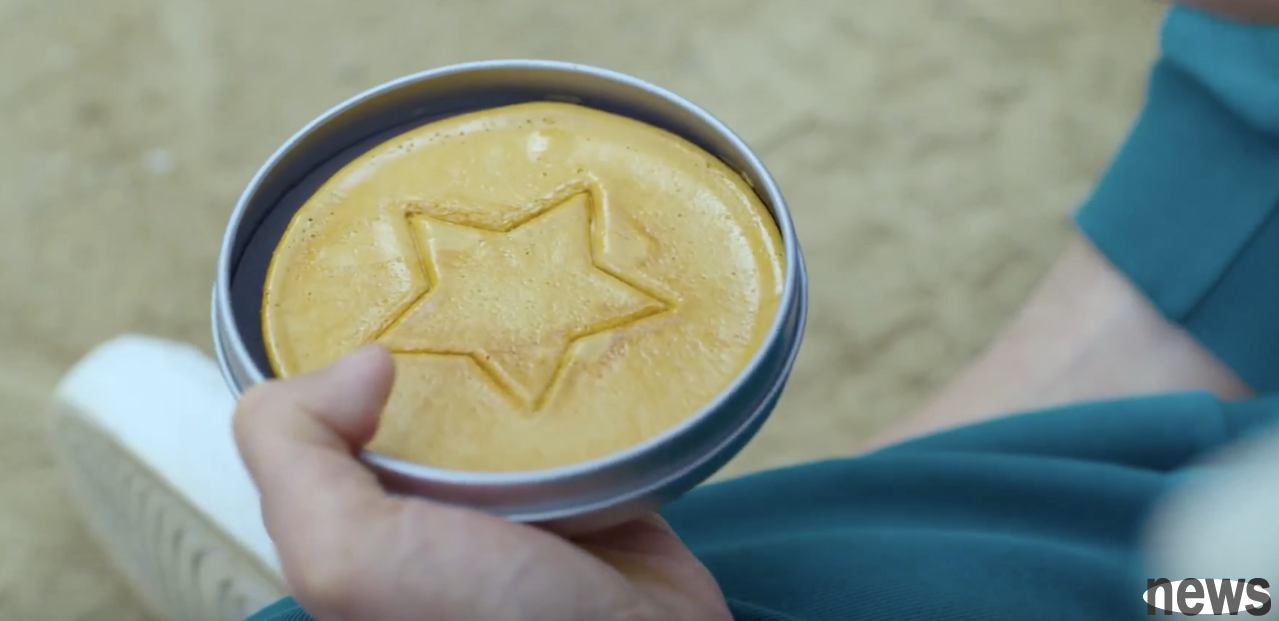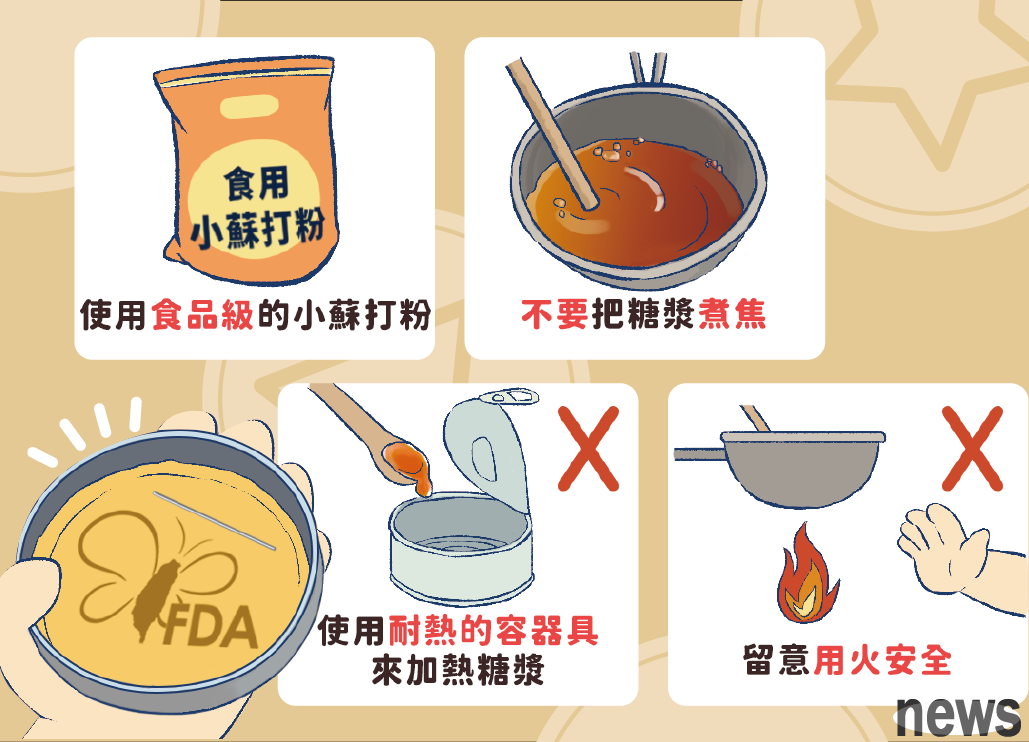Recently, the hot-spiced antique snack Sauce Candy in Korean dramas has made many people join the ranks of making sugar. The Food and Drug Administration (hereinafter referred to as the Food and Drug Administration) invited Teacher Chen Jianli from...


Recently, the hot-spiced antique snack "Sauce Candy" in Korean dramas has made many people join the ranks of making sugar. The Food and Drug Administration (hereinafter referred to as the Food and Drug Administration) invited Teacher Chen Jianli from Ocean University to share with you the scientific principles of sugar production and food safety points, so that everyone can enjoy the challenge of accepting the sugar game with peace of mind!
Science of sugar: "caramelization reaction" and "mixing into air" of sugar stew {9 99}Teacher Chen Jianli said: During the cooking of sugar stew, a large amount of air is mixed in, so that the sugar stew can produce many gaps. After cooling, these sugar stews that retain the gaps are sugar. If you add sausage (carbonate) when making sugar, it will produce carbon dioxide during heating, which can cause more bubble spaces in the sugar hydrate and make the sugar hydrate more loose.
In addition, when cooking the sugar, heating the sugar to above 150°C will cause a series of chemical changes, causing the originally transparent sugar to turn into a brown sugar with caramel aroma. This process is called "caramelization reaction".
Taiwanese sugar vs. Korean sugarThe sugar syrup in Taiwan and South Korea is roughly the same. First, put sugar in a large spoon or container in sugar and a small amount of water, heat it over low heat and stir continuously. The sugar will turn into sugar syrup and start to foam. Cook until the sugar syrup becomes viscous, then turn off the heat, add a small amount of syrup powder and stir quickly evenly. The carbon dioxide produced by the heat will begin to swell the sugar syrup.
Taiwan sugar:
The method of Taiwan sugar is to allow the expanded sugar rind to be static with the container, and after cooling and setting, then slightly bake the bottom of the container to mold.
Korean sugar:
The method of Korean sugar is to pour the expanded sugar cube on a flat surface, use flat utensils such as utensils to flatten the sugar cube, and then use molds of various shapes to gently press the surface of the sugar cube to make the sugar cube have special shapes printed on it. Before eating, you can use dental labels or tableware to poke the shape to increase the fun of eating.

Teacher Chen Jianli provides several food safety suggestions for homemade sugar. First of all, Xiao Su must choose food-grade products for training. You can buy them at legal food materials stores and baking materials stores. After purchase, store them in a dry place to avoid moisture absorption and moisture absorption; if the sugar at home has deterioration such as moisture absorption and dust absorption, it cannot be used continuously. When adding heat to the sugar, be careful not to boil the sugar to burn. The substances produced by the burning will have a negative impact on human health. When cooking utensils, be careful whether they are food-grade heat-resistant containers. Do not use cans, aluminum cans, heat-resistant containers that are not heat-resistant and are not suitable for food to heat sugar and make sugar.
Food and Drug Administration: The heat-up temperature of sugar-fed sugar is high and is close to the fire source. People must pay attention to the heating steps and fire safety when making sugar-fed sugar to avoid danger. When making sugar-fed sugar, you must choose to make food-grade carbonated ginger (Xiao Suda). Do not use unknown or non-food-grade raw materials to avoid causing health hazards.
Original citation from: Pharmaceutical Food Safety Weekly